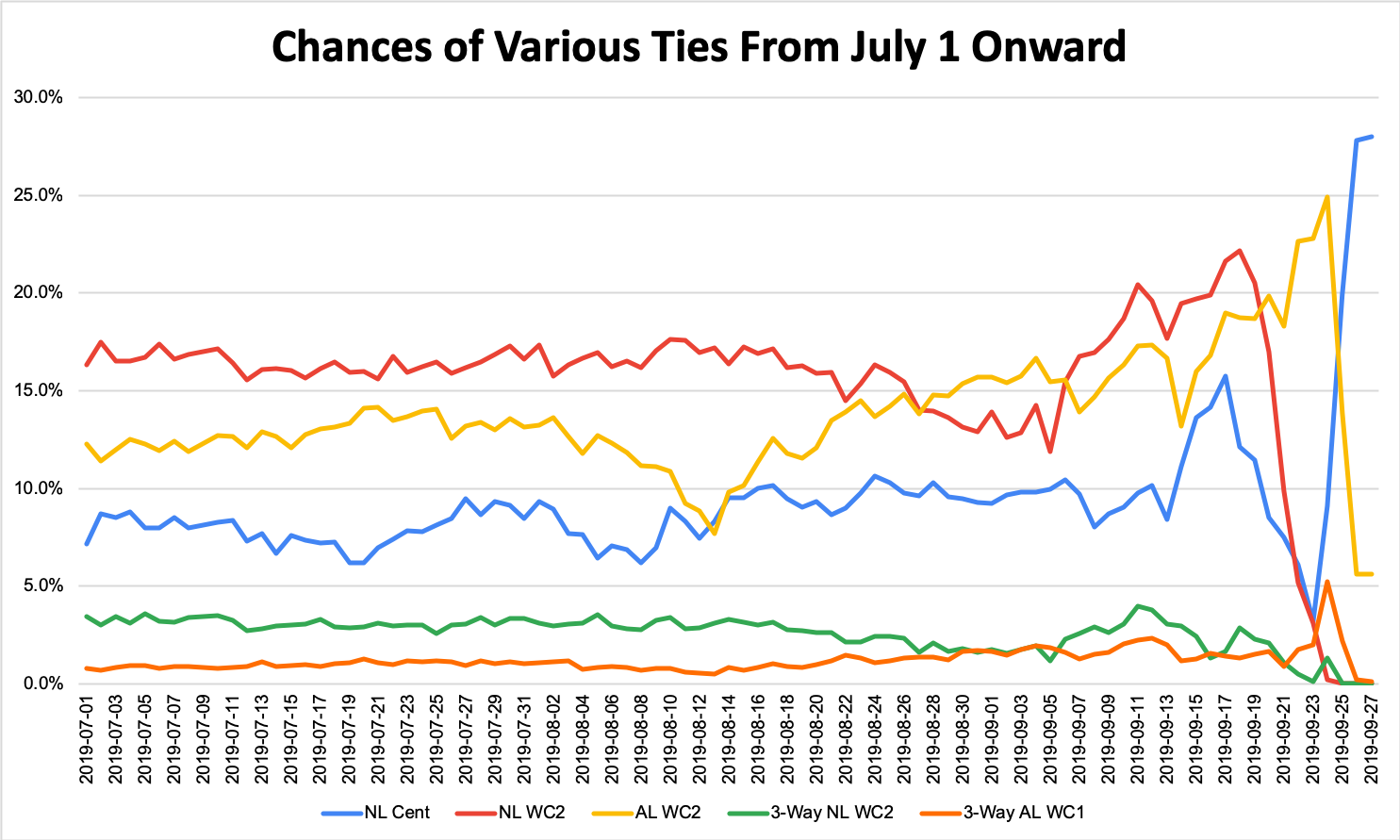Before Cleveland Indians right-hander Mike Clevinger exited his second start of the season with an injury, he was throwing some of the most dominant stuff in baseball. He left his April 9 start against the Toronto Blue Jays with five innings of one-hit baseball under his belt, and over his first two starts combined, he had allowed no runs, surrendered just four walks, and struck out 22 batters in 12 innings. A strained muscle in his upper back, however, meant that the Indians would have to wait more than two months for him to return to the mound. In his first two starts back in June, he got roughed up to the tune of 12 runs allowed on eight hits, six walks, and nine strikeouts in 6.1 combined innings. Then the calendar turned to July, and Clevinger turned back into the version of himself he teased in April.
Since July 1, Clevinger has made nine starts. He has thrown 54 innings, struck out 74 batters, walked just 14, and allowed four home runs. His ERA of 2.17 in that timespan ranks 10th in the majors, but his 2.33 FIP is second, and his 2.55 xFIP is first. That kind of performance is no mere return to being healthy for the 28-year-old veteran; It’s the best he’s ever looked.

Clevinger finished his first three seasons in the big leagues with FIPs of 4.86, 3.85 and 3.52, respectively. In 72 innings this season, he’s lowered that all that way down to 2.47. That figure is weighted down by the lowest walk and home run rates of Clevinger’s career, but mostly, it’s down because his strikeout rate has skyrocketed. After entering 2019 with a career K/9 rate of around 9.5, he’s elevated that figure to over 13 to this point in the season.
That explosion in strikeouts coincides with a major step forward for Clevinger’s stuff in just the past year or so. Over the past three years, he has seen his average fastball velocity increase each season — not an easy task, considering that he didn’t break into the majors until he was 25 years old. Most pitchers lose a tick or two in velocity between their mid and late 20s, but Clevinger has gone the other direction. According to Statcast’s pitch data, from the beginning of the 2017 season until June 9, 2018, Clevinger registered an average fastball velocity of at least 94 mph in just two games, both of which were relief appearances. In starts, he tended to average 92-93 mph. Then, on June 14, his average fastball velocity spiked to 94.9 mph in a seven-inning, one-run, 10-strikeout performance against the White Sox. His average velocity was above 94 mph in three of his next five starts, and reached at least 93.9 mph in each of his final nine starts of the season. In those nine starts, his ERA was 2.03, and he struck out 63 batters in 53.1 innings. Read the rest of this entry »


